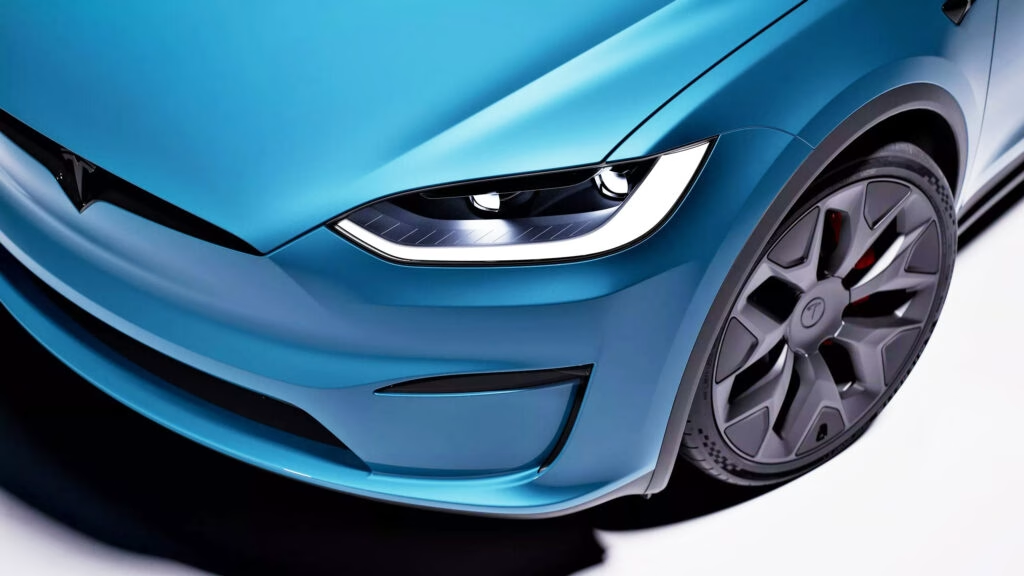Why Did Tesla Drop the Model S and Model X in Europe?
If you’ve been eyeing a Tesla Model S or Model X in Europe, you might want to act fast—or look elsewhere. Tesla has quietly pulled both of its flagship vehicles from its European lineup, leaving only the United States and Canada with access to these premium EVs. The move wasn’t exactly trumpeted with fanfare; the cars simply vanished from the online configurator, and Tesla is now working through its remaining inventory. Once those are gone, that’s it—unless something changes behind the scenes.
So, what’s driving this decision? It boils down to shifting consumer demand and market realities. The Model S and Model X, once the darlings of the electric vehicle world, now account for less than 3% of Tesla’s quarterly sales. That’s a dramatic drop, especially considering how these models once defined what a luxury EV could be. But with the arrival of the more affordable Model 3 and Model Y, buyers have clearly shifted their attention—and their wallets.
Are Model S and Model X Still Relevant in Today’s EV Market?
Let’s be honest: the Model S and Model X aren’t exactly new kids on the block. They’ve been around for over a decade, and while Tesla has made updates—sometimes significant, sometimes subtle—the core formula hasn’t changed much. In fact, Tesla rolled out fresh tweaks for the 2026 model year just weeks before pulling the plug in Europe. The updates? Revised front and rear fascias for the Plaid models, a new Frost Blue paint option, improved suspension bushings, better Active Noise Cancellation, and configurable ambient lighting. Nice touches, but hardly a revolution.
The challenge is that the EV landscape has changed dramatically. Rivals like Mercedes-Benz, BMW, and Hyundai are rolling out new electric sedans and SUVs with cutting-edge tech, longer ranges, and more luxurious interiors. The three-row electric SUV segment, in particular, is heating up—think Hyundai Ioniq 9 and Kia EV9—making it tough for the Model X to stand out. Even loyal Tesla fans are starting to look elsewhere for their next upgrade.
What Does This Mean for Tesla’s Future Lineup in Europe?
Tesla’s decision to drop the Model S and Model X in Europe raises some big questions. Will the company develop new flagship models to replace them? Or is this a sign that Tesla is doubling down on its mass-market vehicles, leaving the luxury segment to others?
Industry analysts suggest that Tesla could benefit from introducing a new top-tier sedan and a fresh three-row SUV to stay competitive. The European market, in particular, has shown strong demand for premium EVs with the latest features and tech. If Tesla wants to maintain its reputation as an innovator, it may need to rethink what its flagship offerings look like.
It’s also worth noting that Tesla’s approach to product updates is famously unconventional. The company often rolls out changes with little warning, and it’s not afraid to make bold moves—like discontinuing two of its most iconic models in a major market. That unpredictability keeps competitors guessing, but it can also leave customers scratching their heads.
Will North America See the Same Fate for Model S and Model X?
For now, buyers in the US and Canada can still order a Model S or Model X, and Tesla seems content to keep them in production as long as they remain profitable. But the writing may be on the wall. With sales numbers dwindling and newer, flashier competitors entering the scene, it’s hard to imagine these models sticking around forever.
If you’re considering one of these vehicles, you might want to keep an eye on inventory levels and future announcements. Tesla has a history of abrupt changes, and there’s no guarantee these cars will be available indefinitely—even in North America.
What Should Current and Prospective Owners Know?
If you already own a Model S or Model X in Europe, there’s no need to panic. Tesla will continue to support existing vehicles with software updates and service. However, resale values could be affected as the models become less common on European roads. On the flip side, some enthusiasts believe these cars could become future collectibles, especially if Tesla doesn’t introduce direct replacements.
For prospective buyers, the takeaway is clear: if you want a new Model S or Model X in Europe, your options are limited to what’s left in inventory. After that, your best bet may be to look at the used market—or consider one of the many new competitors vying for your attention.
The Big Takeaway
Tesla’s decision to drop the Model S and Model X in Europe isn’t about giving up; it’s about adapting to a rapidly changing market. The EV world moves fast, and what was cutting-edge a few years ago can feel dated in a heartbeat. The big takeaway? Staying ahead in the EV game isn’t about perfection—it’s about smarter adjustments. Start with one change this week, and you’ll likely spot the difference by month’s end.

